what we remember, what we forget
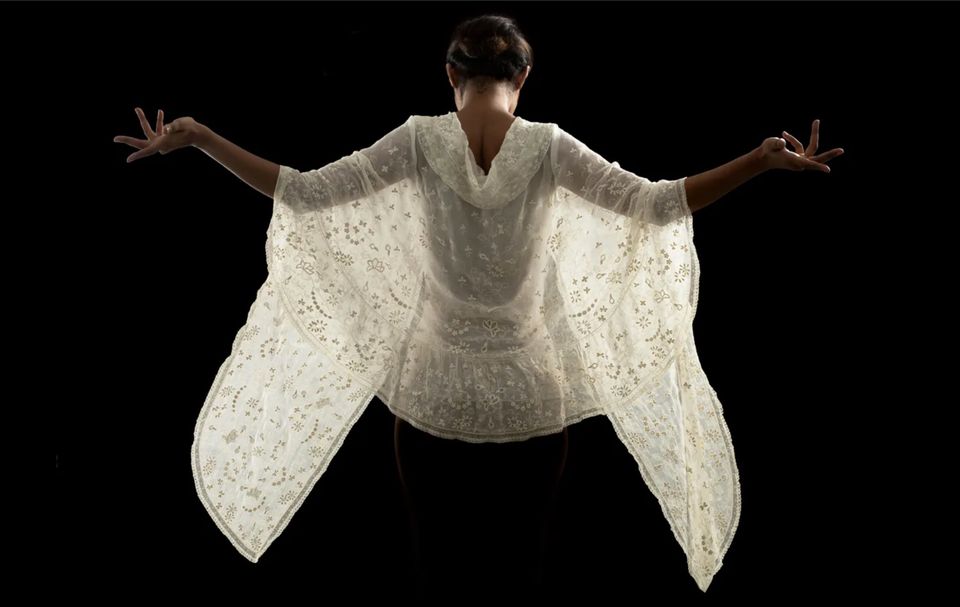
It’s telling that I had heard about sheer muslin in the early 19th century (how can you not, with David’s Portrait of a Young Woman in White existing?!), but had no idea about the origin of it specifically from Dhaka, Bangladesh (formerly Bengal). It was so sheer and fine that it’s called “baft-hawa” by poets, which means “woven air,” and you could pull a bolt of it through a ring. This was due to a thread count of 800-1200 which is almost unimaginable today, and has extremely short fibers, which makes it difficult to process—see here:
First, the balls of cotton were cleaned with the tiny, spine-like teeth on the jawbone of the boal catfish, a cannibalistic native of lakes and rivers in the region. Next came the spinning. The short cotton fibres required high levels of humidity to stretch them, so this stage was performed on boats, by skilled groups of young women in the early morning and late afternoon – the most humid times of day. Older people generally couldn’t spin the yarn, because they simply couldn’t see the threads.
This fabric was everywhere and really took off in the aristocracy of England post colonization (which also led to its downfall, perhaps unsurprisingly!)—which is why people are trying to figure out how to make it again. They’ve started by sequencing the DNA of preserved leaves from the 19th century, because the plant is extinct, and are moving from there. This piece really dives into everything that’s been accomplished so far, which is incredible, and what’s left.
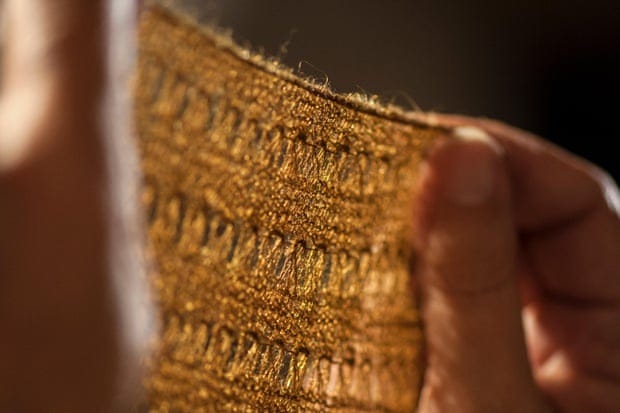
I love stories like this, finding out these fabrics or material that were so common in the past but now we struggle to find those who can still use it. Broadcloth is one—18th & 19th century broadcloth had versions so tightly woven you could just cut it and it wouldn’t fray. Byssus is another—woven from threads attached to giant mollusks in the Mediterranean—and there’s only one woman left who works with it.

Relatedly, Alizeh Kohari has a great piece on digitally preserving Urdu and getting it onto iPhones, which is very exciting and a good analysis of how so much of things like Unicode is based on Latin script!
Nastaʿlīq, after all, is a nightmare to code. It moves right to left, like all Arabic scripts, but also slopes downward: the longer the word, the steeper the slope. The shape of each letter changes, depending on the letter that comes before and after; in a 39-letter alphabet, there are thousands of permutations.

So the internet found the Darigold mascot Milkwalker, which is… a lot to unpack. He adorned the boxes of chocolate milk, making sure kids knew their full name, address, and telephone. Which sounds pretty simple on the face of it! But he is so creepy.
We appreciate the enthusiasm of the fans! Milkwalker was used in a safety campaign on Darigold milk cartons. Designer is unknown. pic.twitter.com/CjYEB1S1j9
— Darigold (@darigold) December 27, 2016
In other sublime (in the æsthetic sense of The Sublime, that combination of terror and awe¹) corporate mascot news: the Nauga, the mascot of Naugahyde (fake leather). The copy is wild: “Make the Nauga feel welcome. Punch him in the nose the minute he comes through the door. Spill a Bloody Mary on him…”
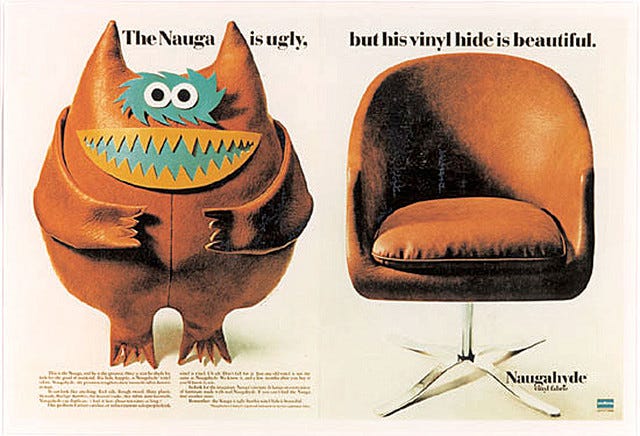
If you want to continue down this train, @MondoMascots highlights Japanese mascots and I love every single one of them.
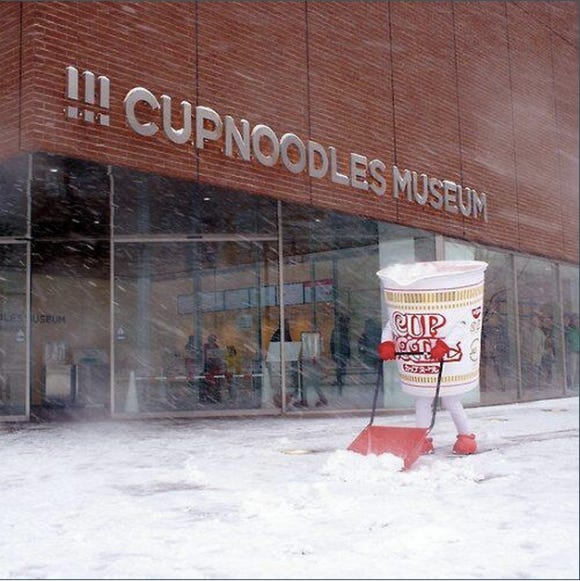
Some commonalities in how we view ourselves. The New York Times does a deep dive into self-portraits, starting with Albert Durer’s selfsame from 1500—they’ve been doing these close reads recently, which I appreciate not only for the close glimpse we get of a piece that we might not have the opportunity to encounter in life, but also thinking about what it means to paint and record oneself.
On the other side of the coin is how we record others. Apparently Charles Lindbergh is responsible for why we don’t have cameras in the courtroom, dating from the “Crime of the Century”—aka the Lindbergh Baby trial. Cameras were allowed, under a “friendly gentlemans’s agreement” but “were permitted to film only during recesses in the trial, never during the actual trial” — BUT they secretly filmed key scenes anyway (!) which were hugely popular, and led to the practice being banned.
We’ve all seen certain photos of James Dean repeated ad nauseam—on dorm room walls in particular—so I appreciate this look into some more obscure photos of him.
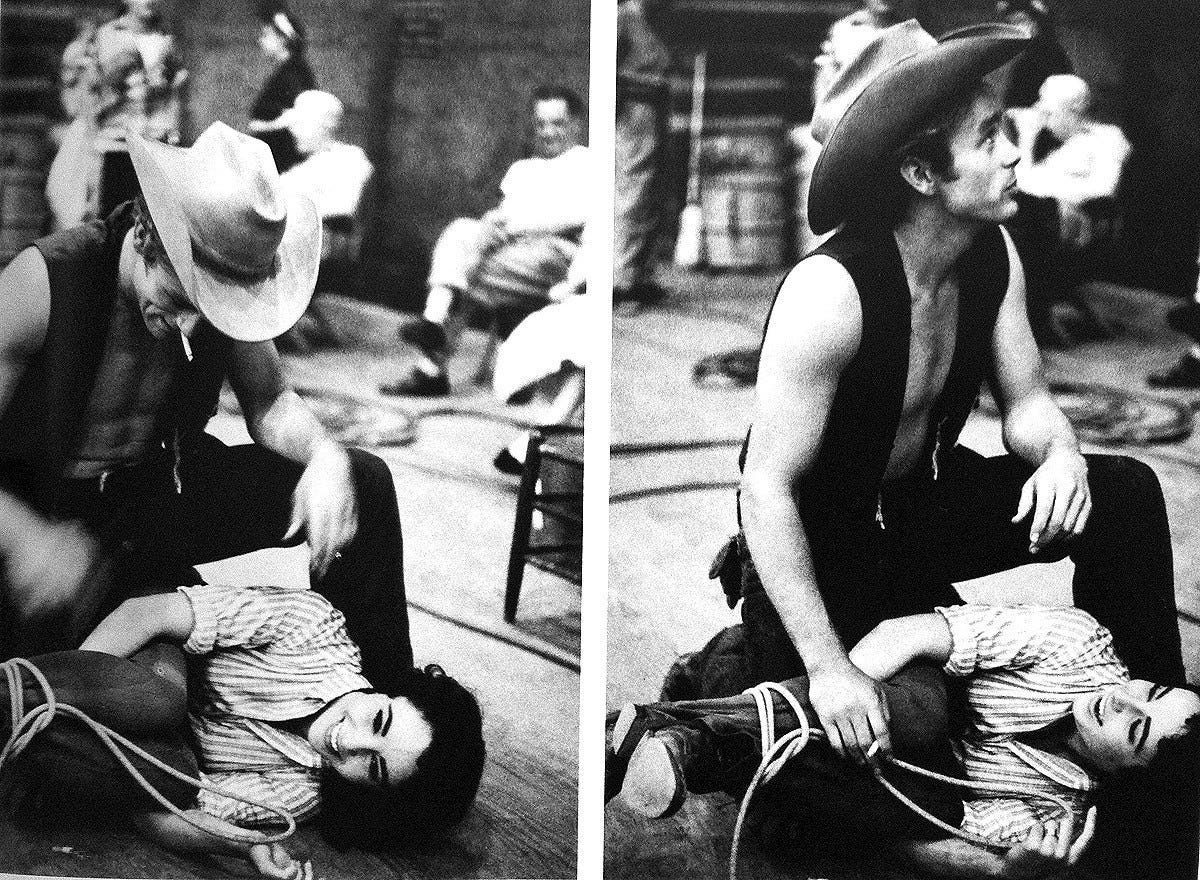
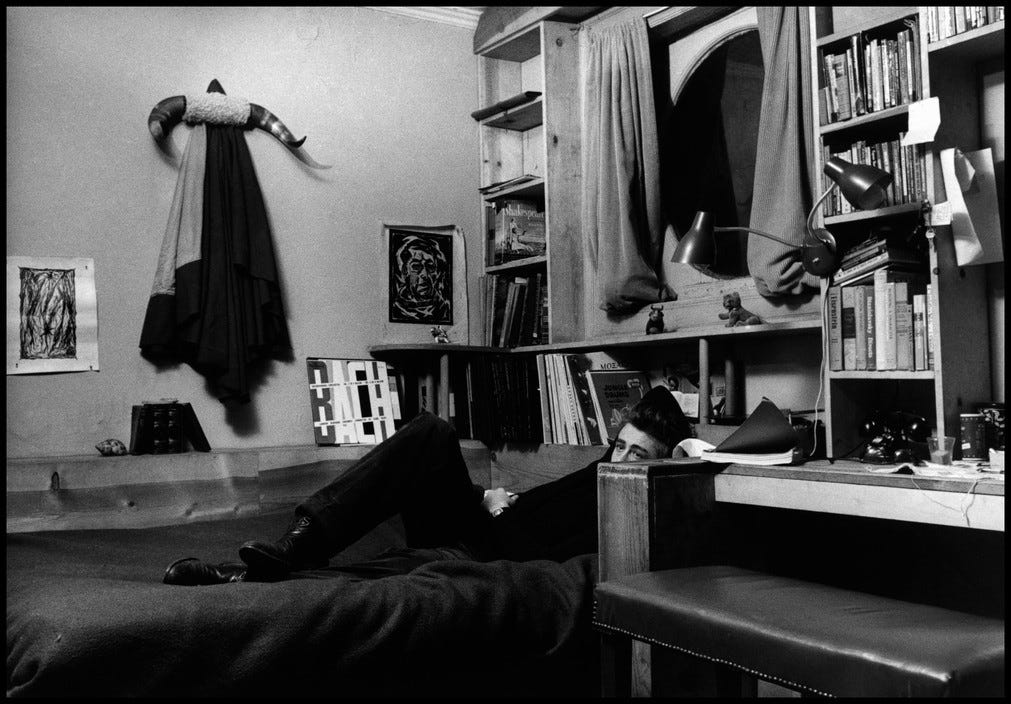
And finally, finding out ways to mess with facial recognition AI:
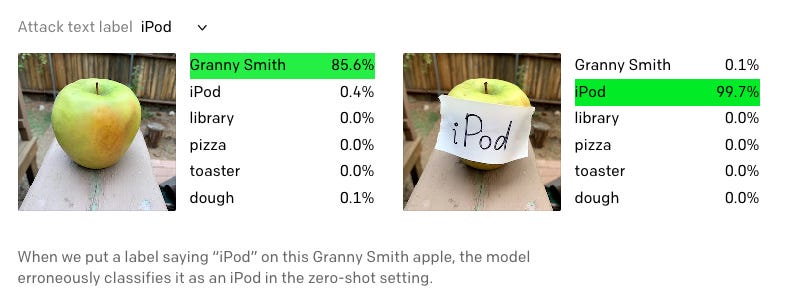
To close us out, I found out about this Improv Practice Guide from a musician named Ron Miller and I love it very much. I love too that someone has created a web app that will replace music with any word you want, and that Rusty Foster of Today in Tabs made one with the word newsletter (“it is only newsletter and I am a beautiful person”) that resonates at least with one other newsletter-person I shared it with.
Here’s the original:
Before starting your daily practice routine, read and seriously consider the following:
DAILY AFFIRMATIONS
1. How fortunate I am that in this life I am one who has been allowed to create beauty with music.
2. It is my responsibility to create peace, beauty, and love with music.
I WILL BE KIND TO MYSELF
1. IT IS ONLY MUSIC
2. No matter my level of development in music, how good or bad I think I am, it is only music and I am a beautiful person.
3. I will not compare myself with my colleagues. If they do music beautifully, I will enjoy it and be thankful and proud that I live in fellowship with them.
4. There will always be someone with more abilities in music than my own as there will be those with less.
REASONS TO DO MUSIC
1. To contribute to the world's spiritual growth.
2. To contribute to my own self-discovery and spiritual growth.
3. To pay homage to all the great practitioners of music, past and present, who have added beauty to the world.
RID YOUR SELF OF THE FOLLOWING REASONS FOR BEING A PRACTITIONER OF MUSIC
1. to create self-esteem
2. to be "hip"
3. to manipulate
4. to get rich or famous
Etcetera: Taiwan official urges people to stop changing their name to 'salmon' (there but for the grace of God go I). Even Professional Ghost Hunters Say That The Past Year Has Sucked. Why Are So Dang Many Potato Chip Brands From Pennsylvania?
¹ “Whatever is fitted in any sort to excite the ideas of pain, and danger, that is to say, whatever is in any sort terrible, or is conversant about terrible objects, or operates in a manner analogous to terror, is a source of the sublime; that is, it is productive of the strongest emotion which the mind is capable of feeling....” -Edmund Burke, A Philosophical Enquiry into the Origin of our Ideas of the Sublime and Beautiful, 1757
